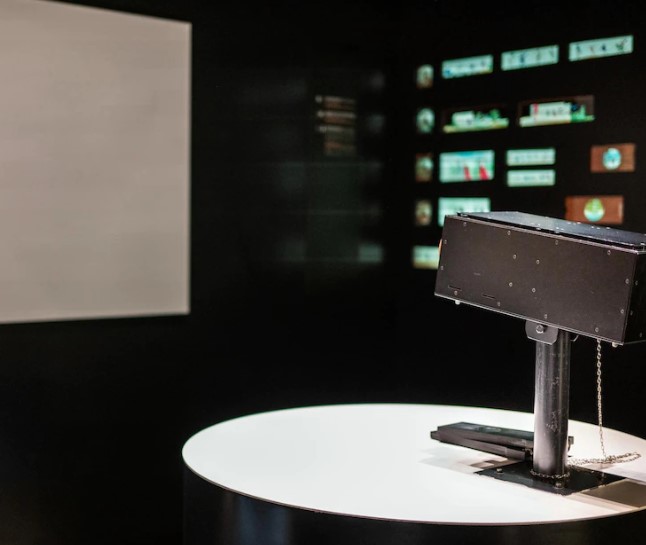How Does a Projector Work?

How Does a Projector Work? A projector is a popular device used to display images on a large screen. It can reproduce regular movies and videos, as well as images from a computer or laptop. Projectors are used in homes, offices, schools, cinemas, and at large events.
A projector consists of a light source, an optical system, and an electronic component. The light source is typically a lamp or an LED matrix that emits light. The optical system includes mirrors and lenses that direct the light onto the screen. The electronic component processes the input signal, such as video or images from a computer.
How Does a Projector Work?
When a projector operates, the light flow from the light source passes through the optical system and is projected onto the screen. If the projector is used to display an image from a computer, the signal from the computer is sent to the projector’s electronic component, where it is converted into a light flow signal.
There are several types of projectors that use different technologies to create images. The most common are DLP, LCD, and LCoS projectors. DLP projectors use digital light processing technology, which employs a special mirror to reflect light. LCD projectors use liquid crystal technology, where liquid crystals block light to create an image.
LCoS (Liquid Crystal on Silicon) is a technology that uses liquid crystals to create an image on a silicon plate. These three technologies differ in how they create images, but their goal is the same: to produce high-quality images on a large screen.
Projectors can use various input signal sources, such as HDMI, VGA, DVI, or USB
These sources allow you to connect different devices to the projector, such as computers, laptops, media players, gaming consoles, and more.
When choosing a projector, it is important to pay attention to certain parameters, such as resolution, brightness, contrast, image size, and projection distance. Resolution determines the number of pixels the projector can display on the screen, brightness is measured in lumens, contrast is the ratio of the brightness of the brightest and darkest areas of the image, image size depends on the distance between the projector and the screen, and projection distance is determined by the image size and the projector’s parameters.
In general, a projector is a very useful device for home theaters or office presentations. It allows you to create high-quality images on a large screen from various signal sources. When selecting a projector, it is important to consider its technical specifications to ensure the best image quality.









